Children benefit from making expectations as clear as possible.
Knowing what comes next in their school day,
what the circle time expectations are --
all add to a sense of trust and success!
As the new year gets underway for more and more children,
it seems fitting to add additional inspiration to this RoundUP.
I have taken all of these photos during my Author-Illustrator school visits,
in the hopes that they will offer support for your day!
Let's get started with some additional visual schedules.
NEXT UP: Several "VISUAL" Reminders of Class Rules
Here is the 'original' RoundUP and the first 25 images and inspiration!
The photos from today's round-up are from a variety of elementary school buildings, preschools and Head Start programs from NY to FL. Many of the pictures were taken in rooms specifically designed to serve children with special needs along with their typical peers. Several of my author visits this past year were actually orchestrated by that particular portion of a program or school district. "Have guitar will travel."
For ten years prior to launching my company Rainbows Within Reach and my writing and recording over 100 original songs for children, I worked as a Resource Teacher providing Arts experiences for children with special needs. That 'foundational' chapter in my professional career is very near and dear to my heart. Since that is my background and experience I am especially 'at home' while visiting programs that serve a wide variety of children as well as children with a diversity of capabilities.
As I've made my Author Illustrator school visits, I've made it my particular focus to document and photograph the 'visual-systems' that I have seen in place, so that I can share them here. I hope that they inspire you as you peek over my shoulder.
Providing visual cues and supports are a good idea for all children -- but especially so for the visual learners in your midst. For young children, nonverbal children, pre-readers, English Language Learners, children on-the-spectrum and children with severe involvements and profound delays, having a series of visual prompts is often the key to communication. Outlining your expectations visually takes planning ahead and organization, but the pay off is huge!!!! Welcome to low-tech possibilities every teacher can integrate into their room.
Let's get started with some VISUAL SCHEDULES for the day.
It's a challenge to document a whole day's schedule done pictorially. In each of these examples the 'pictograms' move across a l-o-n-g bulletin board sequentially moving left to right. In the very top photo I even numbered them for you (in the collage up above,) in an effort to explain exactly how the photos were arranged in the classroom.
Hopefully by taking several photographs and piecing them together you get the idea of how these work in the classroom setting.
Transitions can be very challenging for children and having an overall visual design of the day helps outline what is coming next. It is a brilliant support for children so that they can anticipate what is about to happen. It is indeed necessary to clean up if we are going to have snack time next. Comfort. Security. Planning ahead. This is not going to last forever. Playground time is hovering on the horizon. I will be going home when we are all done here. Messages that can be conveyed in pictures. Visually.
You can see that each program, or even each room within a program, uses their own system to convey the day's routines. I'm a big fan of taking photos of the children actually engaged in the activity, but the generic symbols work well also. I hope that its helpful to see so many different systems.
Now take a look at this next idea. I'm going to call it "THE BIG PICTURE" as in what was the superlative 'memory' of the day? What 'one' portion of the day is likely to be in the highlight reel? Yesterday it was the OT lady making her visit. Today it's THE MUSIC LADY with her guitar! Tomorrow its an Art extravaganza. How much do I LUV LUV LUV getting to be the 'big' doo-dah for the day?
Here are two images I shared months ago, in real-time, but I wanted to have them housed here together. Two additional ideas from my adventures on the road. The first is from a Head Start program in New York and the second is VPK in Florida. Yes. I am one lucky-duck to see such diversity in my journeys.

FIRST. THEN.
This next idea is simply BRILLIANT and in all of my decades of professional work, this is the first time I recall seeing this system: Simple. Direct.
First we sit at circle and then I can roll the rolling pin with playdoh. First we do our written work and then I get to play in the sensory table.
It could be adapted for use at home. With teenagers. First you finish your term paper, then you can go to the mall. You get the idea.
I think this could be especially helpful for plenty of children who defy a simple categorization. Take pictures of the things that are 'high motivators' and have images of things that need a carrot for encouragement. The absolute simplest, low-tech, available way to spell out expectations. FIRST. THEN.
Here is another way to help a child in their acceptance of a new and perhaps frightening experience. This is a personalized picture book for Isaiah entitled, "Isaiah Goes to Gym." These are just a few of the highlights of his book, showing the physical space and the new adults he encounters there and reminders to take turns.
This book was sitting on the classroom bookshelf with editions by Lois Ehlert and Eric Carle -- demonstrating that Isaiah's story is equally important.
I recently had a round-up post of all sorts of classroom rules, many actually handwritten by the students. I LUV'd pulling that one together, too. I saved these next images for more specific use here, because of their visual elements. Take a look at several different classrooms and the manner in which they are conveying these 'circle-time' expectations.
Here's a few for personal hygiene and especially the washing of hands. How about this one above the bathroom sink?
I LUV'd seeing these 'ideas' spelled out visually in the block center at Sutter Park Elementary. They provide suggestions and guidance to an otherwise open-ended block building center. These are ideas to get building started.
These 'personalized' strips had an individualized schedule for each child to be able to determine what their own expectations were for the morning. The individual cards are on velcro and could be carried from the planner to the specific center when launched. This strip serves as 'home-base' for what comes next.
Here's a 'real-life' picture of the extra images used to create the individualized activity planners. None of these photos was 'fluffed' for my benefit. There's never time for such adjustments. I thought it might be helpful to see how the teachers 'store' the extras.
This next image is another brilliant piece of insight. The statement "I feel like" is followed by three classic cartoon images: Tigger -- with its implication of being all bouncie + springy + full of wiggles, Winne-the-Pooh -- who represents just right and Eeyore -- sluggish + glum. The child is directed to identify how their body is feeling and then select the type of activity that might help to bring them back to Winnie-the-Pooh status of being just right.
I will conclude with some 'picture symbols' assigned to children and then used on their artwork and papers as a 'signature' of having done their work. Pre-writing. Symbol recognition.
Keep in mind that these ideas are from a myriad of rooms, from a variety of teachers working with a whole cross range of children. Hopefully there is something that you can use in your setting -- or pass the 'pin' along to someone who may benefit from seeing the numerous examples. This post has taken me for-ev-errrrrr to pull together. I'd be so grateful if you'd pin one of your favorite suggestions. Thanks ever so much. Do you use something similar? I'd LUV for you to leave a link in the comments to your blog if you have additional ideas to share.
***Our latest contribution to children with special needs is to distribute Wobble Seats.
where we accept Purchase Orders and also have Special Vendor status to fulfill Donors Choose projects.
The price on the Wobbles is going up on Sept 1st.
If you have been waiting to get your order ready?
NOW IS THE TIME!
Each of my three picture books are designed from a multi-sensory approach to working with children. The text of my books are the lyrics to my earlier songs. Each of my books includes a CD insert with tracks of both the song version and the instrumental, too. There is a chart for teaching the sign language to support the song's performance.
-- Debbie --

Debbie Clement has written over 100 original songs for children onto a total of 9 CD recordings. She also activelyparticipates in the various social media of the era. She is probably best known for her efforts on Pinterest and is approaching 190,000 followers there. She also does her best to attempt to navigate at Twitter. Her newest fascination is with Instagram. She knows that Google+ is where she should be spending her time -- even if she still doesn't get it. Then of course she has a FB fanpage, too!























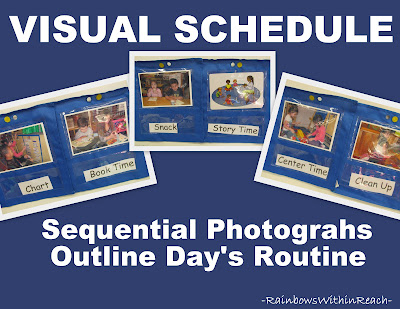























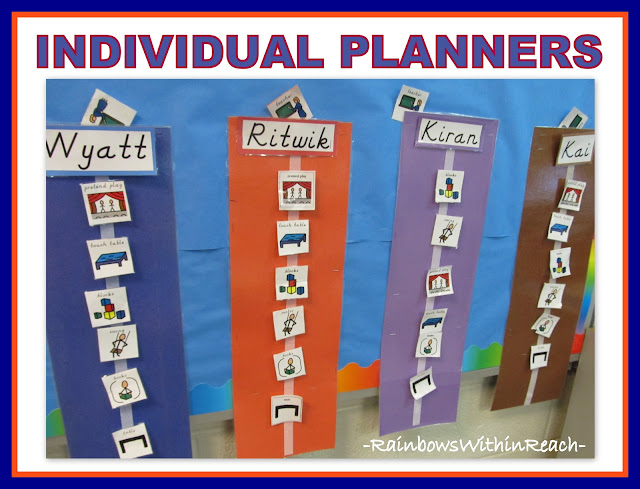



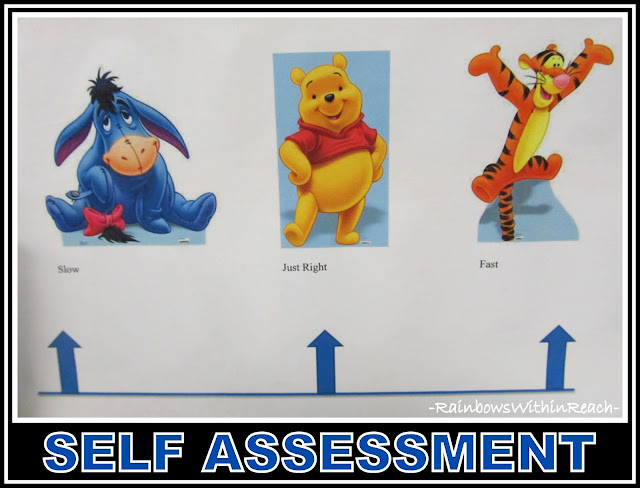
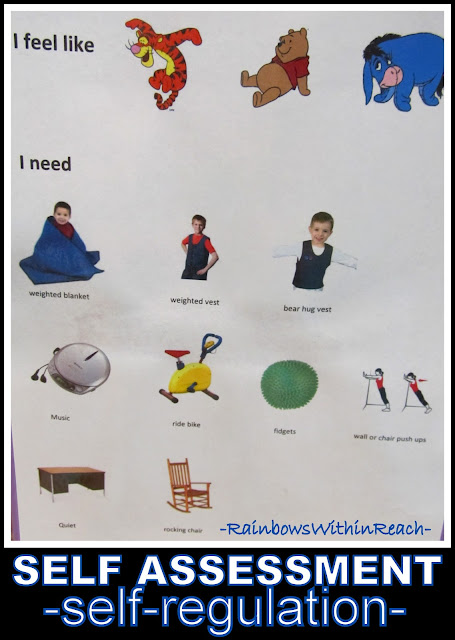

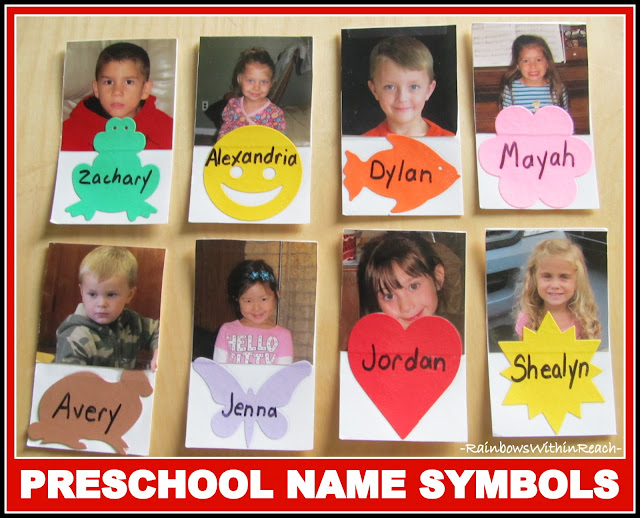



.jpg)

No comments:
Post a Comment
I LUV to hear from you! Please leave your thoughts so we can interact!!